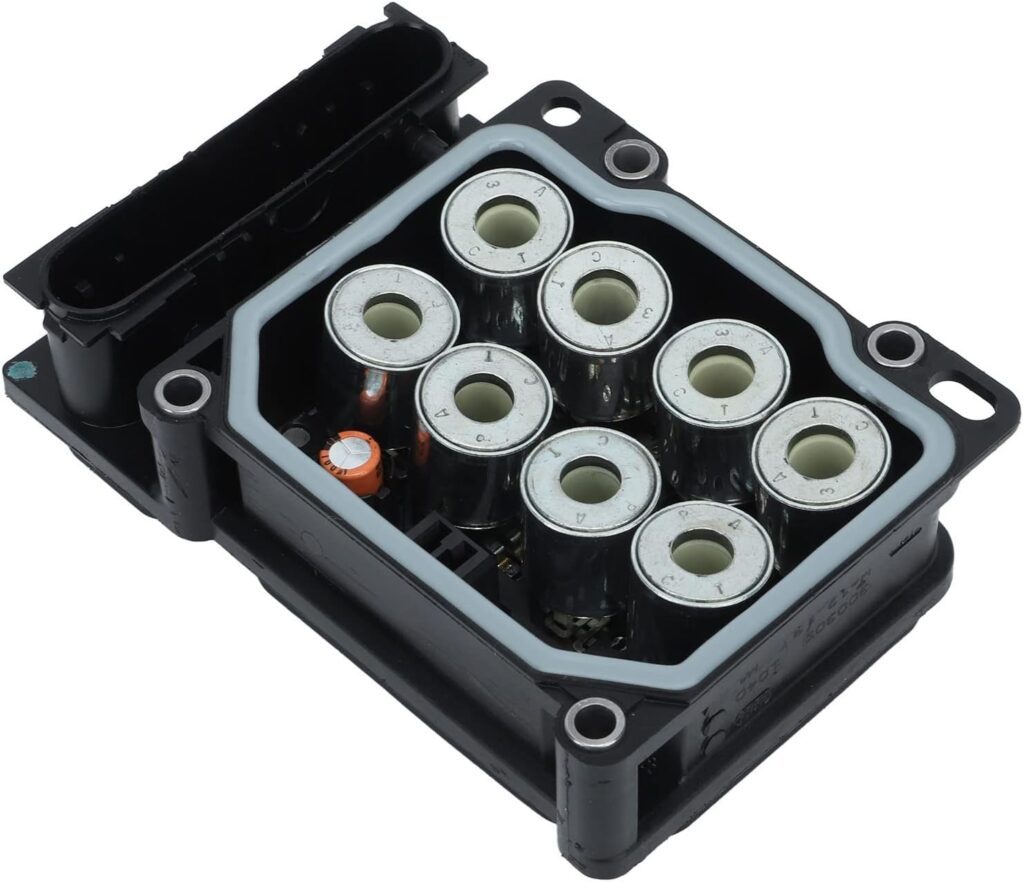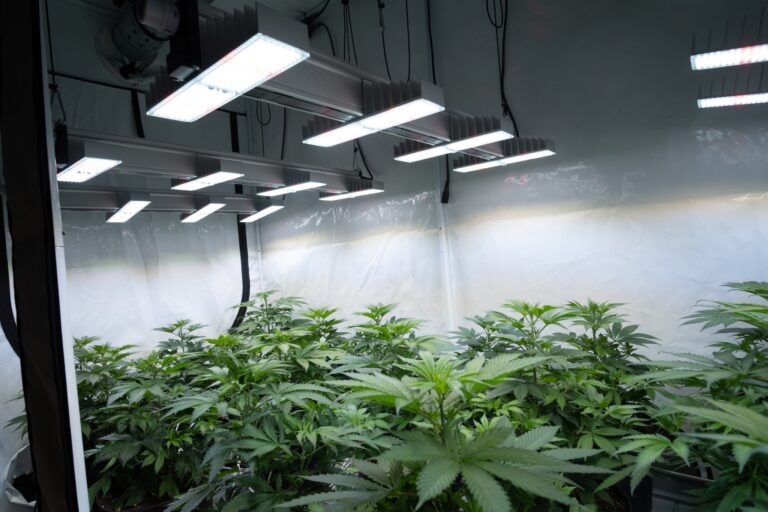The complex system of a turbocharged engine generates power through meticulous management. Achieving maximum power in a turbocharged engine demands precise control over pressure levels along with temperature conditions together with the timing and airflow dynamics. The turbo actuator stands as a tiny yet pivotal element within the engine’s complex system. The turbo actuator functions as a control system which translates the engine’s requirements into appropriate turbocharger operations.
The Concept: Why Control Matters
The turbocharging process uses exhaust gas energy to enhance the air pressure that enters the engine. More air permits the engine to burn more fuel which generates greater power. The power generated by a turbocharger requires proper handling to become safe and usable. Too much boost can damage the engine. When turbocharging generates insufficient boost power its advantages become ineffective.
The turbo actuator takes over at this point. The turbo actuator supervises turbocharger performance by managing exhaust gas flow to the turbine. The turbo actuator controls boost levels by operating the wastegate mechanism to open or close it. The actuator serves to facilitate power delivery by ensuring both efficiency and safety in the process.
Mechanism Behind the Scenes
The traditional turbo actuator uses mechanical parts which include a spring-loaded diaphragm that responds to changes in air pressure. Building pressure inside the intake system forces its way against the actuator’s spring. The actuator triggers a rod movement which opens the wastegate when the pressure limit reaches its threshold thereby limiting exhaust flow to the turbine and controlling boost pressure.
Mechanical systems work well but they respond to pressure changes in a simple linear and fixed manner. These systems function according to fixed programming which causes poor adaptability to varying conditions such as changes in temperature, load, or altitude.
The newer generation of actuators is electronic. The engine’s ECU controls these actuators while they get continuous feedback from multiple sensors. Electric motors or stepper actuators enable the actuator to make real-time fine-tuned decisions about wastegate opening and boost modulation. The system delivers precise control while enabling flexible adjustments which are crucial for modern engines that comply with demanding performance, efficiency, and emissions regulations.
Turbo Actuator as a Balancing Tool
The turbo actuator serves as both a balancing mechanism and a pressure controller while functioning as a performance adjustment tool for turbochargers. The turbocharger adapts to both the driver’s demands and environmental conditions through this system. The actuator manages turbo pressure to maintain optimal performance during mountain climbs and highway accelerations while preventing both insufficient boost and excessive pressure.
Variable geometry turbocharged engines require actuators to perform additional functions beyond their standard roles. The system moves internal vanes to modify turbo housing geometry instead of operating only a wastegate. Engineers can manage turbo performance across different speeds more effectively because they gain more control which minimizes lag and boosts efficiency.
Failure Isn’t an Option — But It Happens
Electronic turbo actuators operate in environments with constant movement and high temperatures. Mechanical degradation combined with electronic issues over time leads these components to become stuck or misinterpret commands until they stop working altogether. The results are often felt immediately: Engine performance issues like surging power delivery or delayed responsiveness lead to check engine alerts.
Effective troubleshooting relies on knowledge of both mechanical linkage systems and digital diagnostic techniques. Actuator failures often remain hidden yet create widespread disruptions throughout the engine system.
The Future: Smarter, Integrated, Autonomous
Future engine management systems will incorporate turbo actuators for better integration. Turbo systems in hybrid and electrified vehicles operate alongside electric motors thanks to intelligent actuators which ensure smooth coordination with regenerative braking systems as well as battery management and various drive modes.
Predictive systems utilize advanced actuators to control turbo behavior based on expected driving conditions instead of reacting to current conditions. The evolution from reactive operation to predictive control defines the forthcoming stage of actuator development.
Conclusion
The turbo actuator remains a precision powerhouse even though it stays mostly concealed behind piping and heat shields. The decision-maker maintains performance rhythm while ensuring that the turbocharger supplies precise power to the engine exactly when needed. The turbo actuator demonstrates how minor parts can produce significant results in an engineering world defined by efficiency and adaptability.













